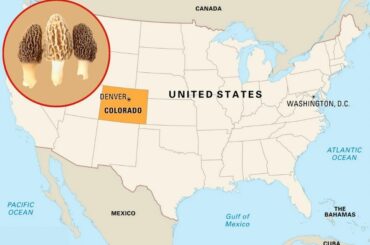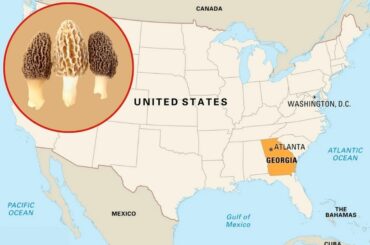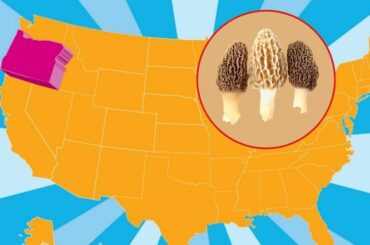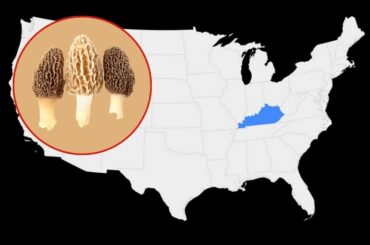Can you wash mold off mushrooms? There are so many different mushrooms in the world and the wash mold-off methods vary from mushroom to mushroom. In this article, I am going to talk about that. For starters what do you know about molds? Molds are a type of fungi and they consist of hyphae. It is fuzzy in appearance due to the multicellular filamentous structure. This can grow on animals and plants. They show saprophytic nutrition. Apart from that molds like to grow in humid and warm environments.
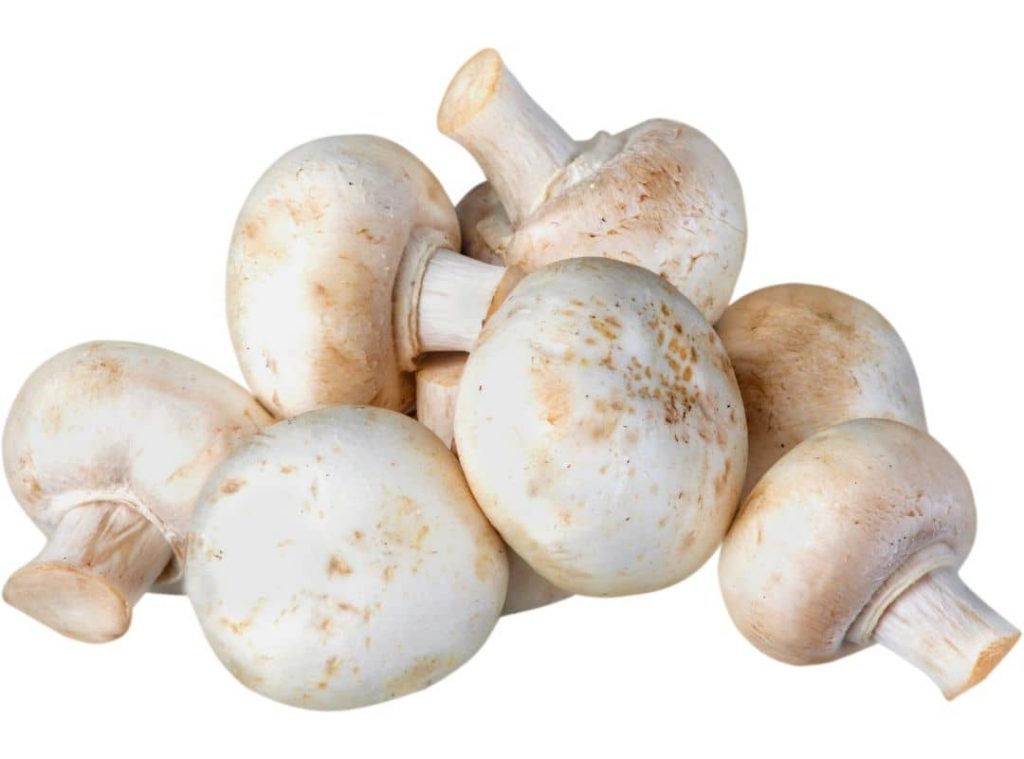
Molds have advantages and disadvantages. When considering the advantages, molds are used for antibiotic production as Penicillin, Used as decomposers by using some enzymes that can degrade biopolymers in plant and animal materials. Molds produce mycotoxins and this is the major disadvantage of molds. Some of these toxins can cause illnesses in humans and animals. Immune deficiency and cancers are major diseases that occur due to mycotoxins.
Molds produce spores sexually or asexually and spores are present in various colors such as yellow, orange, red, pink, brown, white, greenish, gray and black. A simple mistake led the way to growing molds on mushrooms and it is a common situation for mushroom cultivation. There are several molds that are contaminated easily with mushrooms. They are
Aspergillus sp. – Black, blue-green, yellow molds
Penicillium sp. – Blue-green mold
Trichoderma sp. – Green mold
Rhizopus sp. – Black pin mold
Bacillus sp. – Sour rot or wet spot
Pseudomonas sp. – Bacterial blotch
Can you wash mold off mushrooms?
Contents
When molds grow on mushrooms, they can be identified by their physical appearance. The signs are dark-colored spots, slimy texture, color changes and wet appearance. Not only the above signs but when you consume the moldy mushrooms, the taste of mushrooms is sour and has a fishy smell. There are so many different mushrooms in the world and the wash mold-off methods vary from mushroom to mushroom. But the basic steps are similar and the steps are:
- Search for molds or any other dust particle (Whether molds can observe by the naked eye)
- Clean the upper side and lower side of the mushroom thoroughly using a brush or paper towel.
- Let the mushrooms dry and store them in brown paper sacks.
When the mold contamination is Trichoderma, it can be immersed in hot water at about 60 celsius for 30 minutes. But this method is suitable for small patches of molds. After the treatment, the mushrooms should keep away from other healthy ones. Washing off the molds on mushrooms is not the correct method because the texture of mushrooms may become slimy after washing. Because mushrooms already consist of about 90% of water and quick rinse But the wild mushrooms should be washed and dried before consumption.
Can I eat moldy mushrooms?
When edible mushrooms are contaminated with molds, it is not safe to eat. Rotten or contaminated mushrooms can cause Botulism, food poisoning, stomach pain, paralysis, vomiting and nausea. Sometimes the result may be severe and can cause breathing difficulties and death.
Aspergillus sp.
There are poisonous Aspergillus and nonpoisonous Aspergillus sp. present. If the contamination occurs by Aspergillus flavus or Aspergillus parasiticus, aflatoxins could be present on mushrooms because the above Aspergillus sp. produces Aflatoxin. This can cause immunotoxicity and hepatotoxicity conditions.
Penicillium sp.
Most Penicillin species are not poisonous to humans but few of them produce mycotoxins as their secondary metabolites. Penicillium viridicatum produces mycotoxins. Therefore it’s safe to avoid molded mushrooms from your meal.
Trichoderma sp.
Trichoderma contamination is one of the major molds that mushrooms attack. Trichoderma has white or light gray color mycelium and green-colored spores. Trichoderma has benefits in agriculture but in mushroom cultivation these molds give a negative impact and the growth of mushrooms fails. It can destroy whole mushroom cultivation. These Trichoderma contaminations are not suitable for consumption.
Rhizopus sp.
Rhizopus stolonifer (Black bread mold) can cause great damage to humans while consumed. This mold has a broad spectrum. Mushrooms with these molds are also not recommended for consumption.
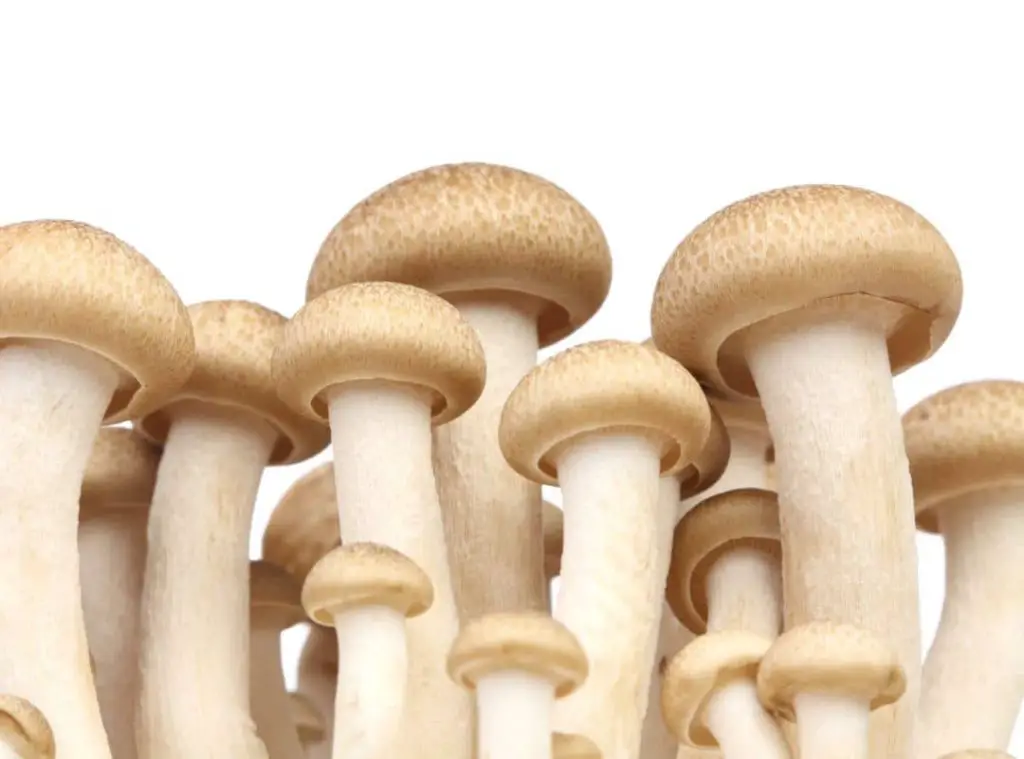
Should you wash mushrooms?
The edible mushrooms can be categorized into two parts. They are wild and cultivated mushrooms. Wild mushrooms should always wash or cleaned by wiping before cooking. It is better to wash or wipe the other cultivated mushrooms before use. Mushrooms can soak water easily and therefore people think that washing can add additional moisture to the mushroom.
This reason affects cooking by not occurring the unique brown color of mushrooms and not giving the crispy texture of mushrooms while they are wet. But should give a quick wash to the mushrooms before cooking. When washing mushrooms using water, the water should be lukewarm water. Then the mushrooms should dry and blot extra moist using tissue paper.
How do you properly clean mushrooms?
When you can not clean mushrooms one by one as above mentioned, mushrooms can wash but not for a long time. Then let them dry and blot the water using a paper towel. Sometimes you have to clean mushrooms using a dry brush (a pastry brush or extra soft toothbrushes). For a better cleaning process, you can use slightly salted water to rinse mushrooms and this helps to remove dirt parts and some insects from mushrooms.
When considering portobello mushrooms, white mushrooms like mushrooms, first separate the stem using a knife or by hand, then separate the cap into small pieces. Then clean the mushrooms by washing them with water. When cooking Portobello mushrooms, the gills which are present at the underside of the cap should be removed. The other way of cleaning mushrooms is to sprinkle a small amount of plain flour on mushrooms. Then rub the mushrooms to remove dirt and wash using water and let mushrooms dry.
Should we remove the black part of the mushroom?
Some mushroom types have dark-colored gills on the underside of the cap. Portobello mushrooms are the major mushroom type that has a dark color on the gills. This dark color part is edible but this can make the final output of the meal unpleasant and bad looking.
Not only the looking but sometimes that dark color gills can contain sands. When the Portobello mushrooms get older it grows larger and the stem and gills are getting tougher and darker. Therefore it is suitable to remove the black part of the Portobello mushroom. For other mushroom types, there is no need for removing the gill parts and you can consume them.
How do you clean mushroom gills?
When considering Portobello mushrooms, the gills are removed to clean the mushroom. Portobello mushrooms have dark-colored gills on the underside of the cap. Even if the gills are edible, these gills cause an unpleasant look and may consist of sand. The best way to clean Portobello mushrooms is to remove the gills. The gills can be removed by scraping using a spoon.
Read Next : Are Puffball Mushrooms Dangerous?

